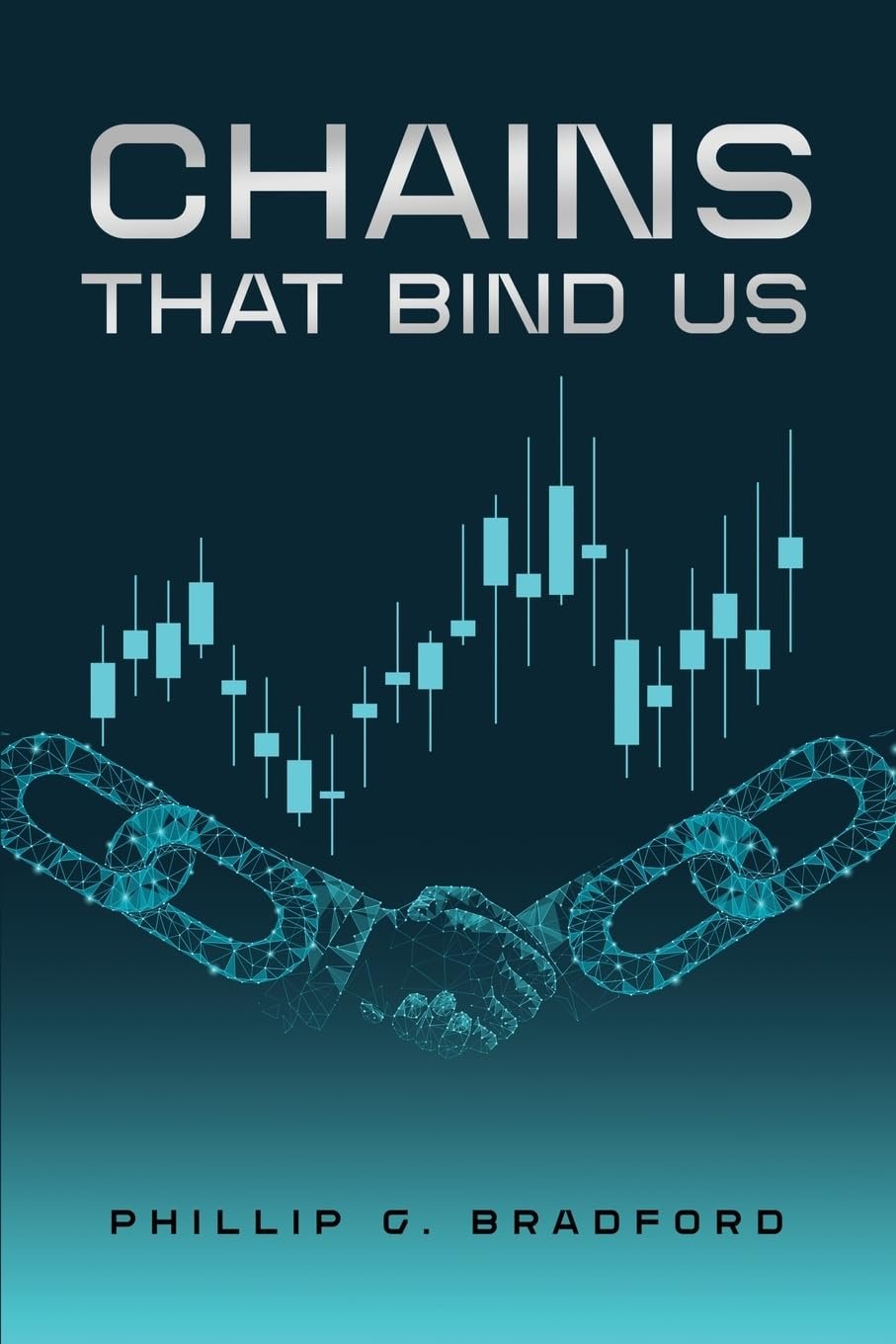
In the rapidly evolving world of technology, blockchain stands as a transformative force with the potential to revolutionize industries from finance to supply chains.
Many people, however, find blockchain to be a distant concept, navigating a maze of complex jargon and technical intricacies.
“Chains That Bind Us” by Phil Bradford presents it as a simple concept. It is a book that is designed to simplify and illuminate this cutting-edge technology for readers at all levels.
Phil Bradford, a prominent computer scientist and engineer who currently serves on the Computing faculty at the University of Connecticut’s College of Engineering, has extensive experience in both academic and industrial settings, making him uniquely qualified to bridge the gap between theoretical concepts and practical applications.
With Chains That Bind Us, he offers a fresh perspective on learning blockchain through a hands-on approach that sets the book apart from traditional technical manuals.
What makes Chains That Bind Us particularly valuable is its emphasis on practical, experiential learning. Unlike other books that may drown readers in abstract theories and complex algorithms, Bradford’s simple and effective book focuses on actionable exercises and real-world applications.
From easy-to-understand theory to real-life examples and many aspects of blockchain technology, this sound guide leverages affordable tools like Raspberry Pi to help readers build and experiment with blockchains. This hands-on approach allows users to grasp the core principles of blockchain technology through direct interaction, making the learning process both engaging and effective.
The book begins with a foundation in monetary economics, offering a crucial understanding of the economic principles that underpin blockchain technology. Bradford then transitions to technical topics, including cryptography, proof-of-work blockchains, and cryptocurrencies.
Each chapter is designed not only to explain these concepts but also to provide practical exercises using Raspberry Pi. This practical component is not merely an afterthought but a central feature of the book, ensuring that readers can apply what they’ve learned in a tangible way.
Moreover, Chains That Bind Us delves into more technical and advanced topics, such as distributed systems and virtualization. Bradford’s use of effective prose and simple-to-understand language to approach these complex subjects, which are both comprehensive and accessible, makes it possible for readers to explore these technologies without incurring significant costs.
By focusing on virtual Raspberry Pi implementations, the book provides a cost-effective means of gaining expertise in blockchain technology, eliminating the need for expensive cloud-based accounts and other needed modules.
Furthermore, Bradford’s book is more than a technical guide. It is a resource that empowers readers to become active participants in the blockchain revolution. Whether you are a computer scientist looking to expand your technical skills, an engineer interested in new applications, a student looking to understand blockchains, or simply anyone enthusiast about blockchain or clockchain technology, Chains That Bind Us offers valuable insights and practical experience.
In a nutshell, Chains That Bind Us stands out as a beacon for those seeking to navigate the complexities of blockchain technology. With its hands-on approach, clear explanations, and practical exercises, the book provides a comprehensive pathway to mastering blockchain. For anyone eager to dive into this transformative technology, Bradford’s guide is an indispensable resource—that not only offers valuable insight but also practical implementation of blockchain in a professional setting.
About the book:
“Chains that Bind Us” is a valuable guide that introduces and unifies monetary economics, computer science, and engineering, providing a comprehensive view of blockchains. This book offers readers a captivating journey through the complexity and intricacies of the fascinating world of blockchain technology. The learning journey begins with economic foundations and progresses through cryptography, proof-of-work blockchains, cryptocurrencies, distributed systems, virtualization, and clockchains. Moreover, implementations of key features are demonstrated using virtual or physical Raspberry Pis.
So, if you’re feeling lost in the labyrinth of blockchains, don’t despair. Pick up “Chains That Bind Us,” from Amazon, and let it be your guide: https://www.amazon.com/dp/1917007884/.
